Unveiling the Man Behind the Prophecies: The Life Journey of Nostradamus
Born in 1503 in Saint-Rémy-de-Provence, a small town in the heart of Renaissance France, Michel de Nostredame, who would come to be known as Nostradamus, began his life journey. His birth coincided with an era of profound transformation, where medieval traditions intersected with the burgeoning spirit of the Renaissance.
Key Historical Contexts and Influences
| Year | Event/Influence | Relevance to Nostradamus |
|---|---|---|
| 1503 | Birth in Saint-Rémy-de-Provence | Marks the beginning of his life in a culturally rich environment |
| Early 16th Century | Height of the Renaissance | Exposure to revolutionary ideas in art, science, and philosophy |
| 1500s | Spread of the Bubonic Plague | The omnipresent threat that would later shape his medical pursuits |
The world into which Nostradamus was born was one on the cusp of modernity. The Renaissance, a period marked by a reawakening of learning and artistic expression, was in full swing. This era was characterized by a significant shift from the medieval focus on religious dogma to a broader exploration of science, art, and humanism.
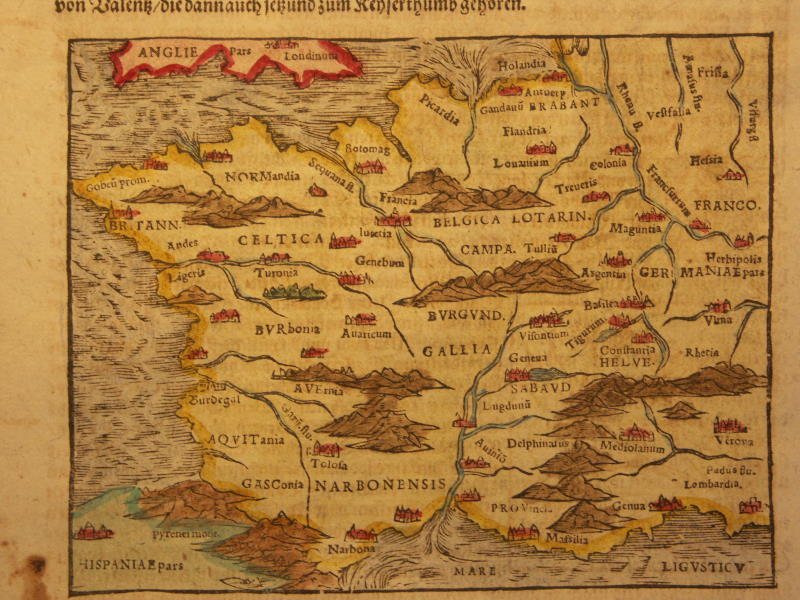
Figure 1 Map of ancient France (1600)
Detailed Exploration of His Childhood
- Family Life: The Nostredame family was originally Jewish, but converted to Catholicism before Michel’s birth, likely due to social pressures of the time. This blend of cultural and religious backgrounds might have contributed to Nostradamus’s later eclectic interests.
- Influence of the Renaissance: Growing up, Nostradamus would have been surrounded by the Renaissance’s innovations in art, literature, and science. This period was marked by luminaries like Leonardo da Vinci and Michelangelo, whose works redefined cultural and intellectual life.
- Early Education: Nostradamus’s education during his formative years likely included a blend of classical studies (Latin, Greek, Hebrew, and mathematics) and the emerging humanist ideas of the Renaissance. This early grounding set the stage for his diverse interests and pursuits later in life.
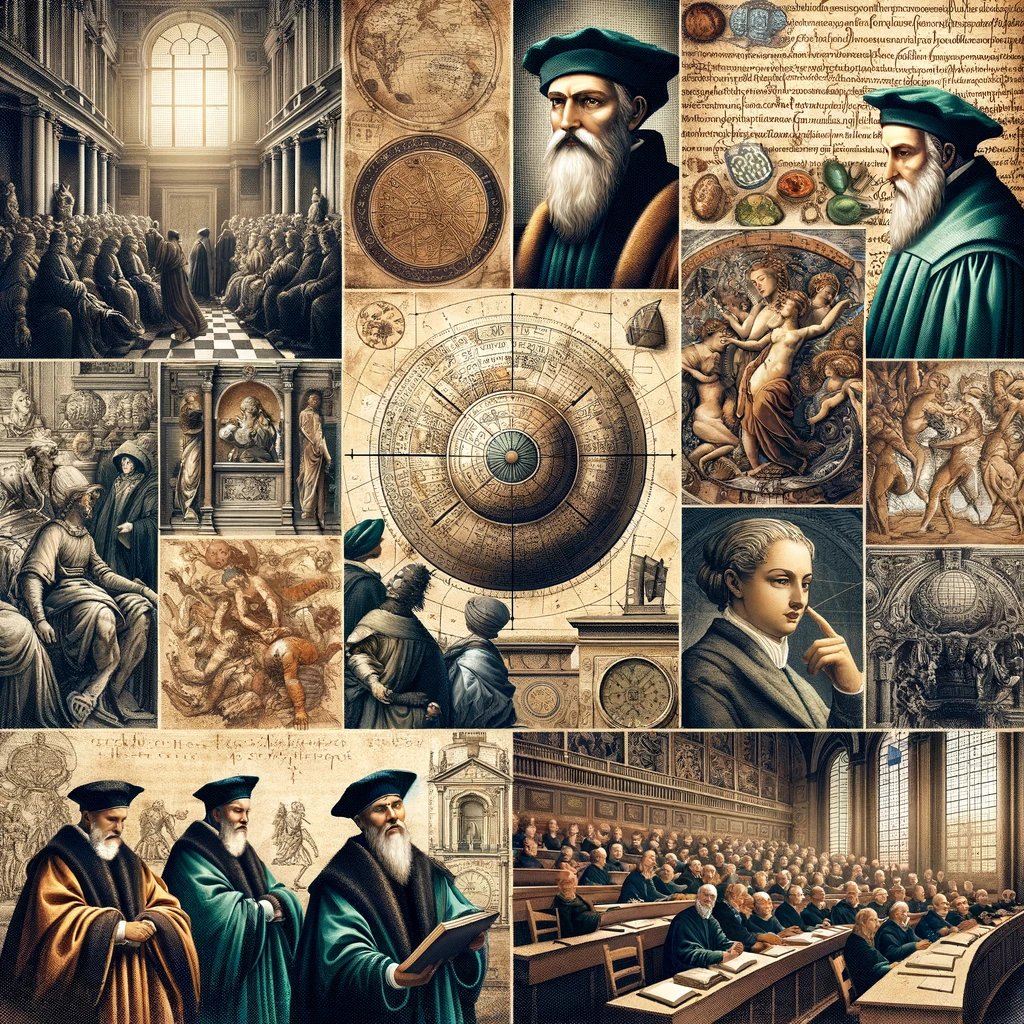
Figure 2 Collage reflecting the Renaissance period around 1505. It captures elements of Renaissance art, ancient manuscripts, and educational settings typical of the era, providing a glimpse into the intellectual and cultural environment that influenced him
The Shadow of the Plague
- Impact on Society: The bubonic plague was a constant threat during Nostradamus’s childhood, recurring in various outbreaks. This ever-present danger would have left an indelible mark on him, influencing his later work as a physician.
- Personal Resilience: Nostradamus’s experiences with the plague in his early years may have contributed to his resilience and interest in medical practices. The plague’s impact on society cannot be understated, shaping the course of history and personal destinies alike.

Figure 3 Archaeological site locations and chronologies. a Map showing the geographic locations of archaeological sites from which second pandemic (14th- to 18th-century AD) Y. pestis genomes have been reconstructed (≥1-fold). The number (n) of genomes obtained
Academic Pursuits and Interruptions
Michel de Nostredame, a young man with a burgeoning thirst for knowledge, found his way to the University of Avignon, eager to immerse himself in the world of academia. However, his academic journey was to face unforeseen interruptions, reshaping his path in ways he couldn’t have imagined.
University of Avignon: A Brief Sojourn
- Early Studies: Nostradamus’s time at the University of Avignon was intended to be a formative period, focusing on the humanities – a foundation for any learned individual of the time.
- The Plague’s Interruption: Tragically, his studies were cut short by the outbreak of the bubonic plague, a devastating event that ravaged Europe. This interruption was not just a personal setback but a profound experience that introduced him to the fragility of life and the importance of medical knowledge.
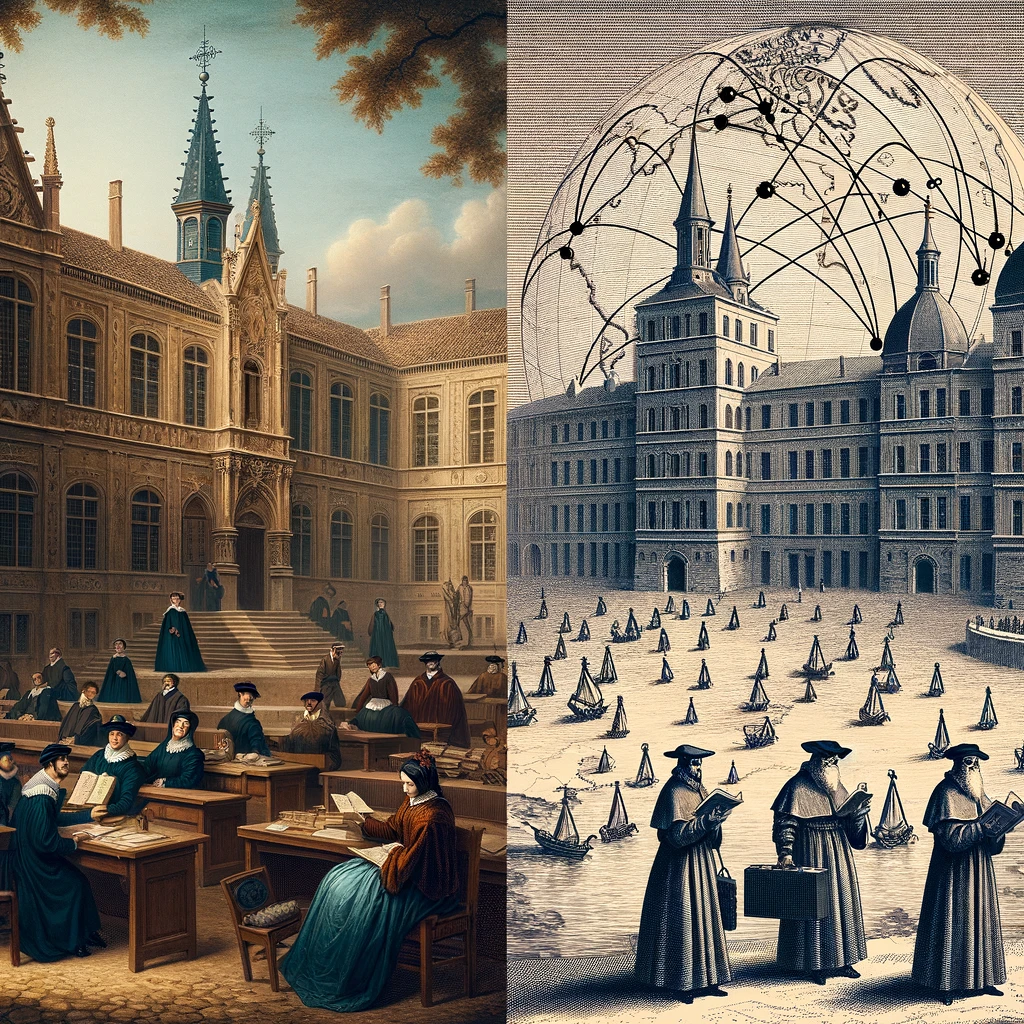
Figure 4 The image represents a digital recreation of the University of Avignon in the 16th century, juxtaposed with a graphical representation of the spread of the plague across Europe. This visual contrast highlights the dichotomy between the pursuit of knowledge and the plague.
The University of Montpellier: Aspirations and Challenges
- A New Beginning: Undaunted, Nostradamus enrolled at the prestigious University of Montpellier, one of the leading medical schools in Europe, to pursue a career in medicine.
- Confronting Tradition: His unconventional methodologies and prior experience as an apothecary, which was frowned upon in academic circles, eventually led to his expulsion. This episode highlights the clash between traditional academic norms and emerging practices in medicine and science.
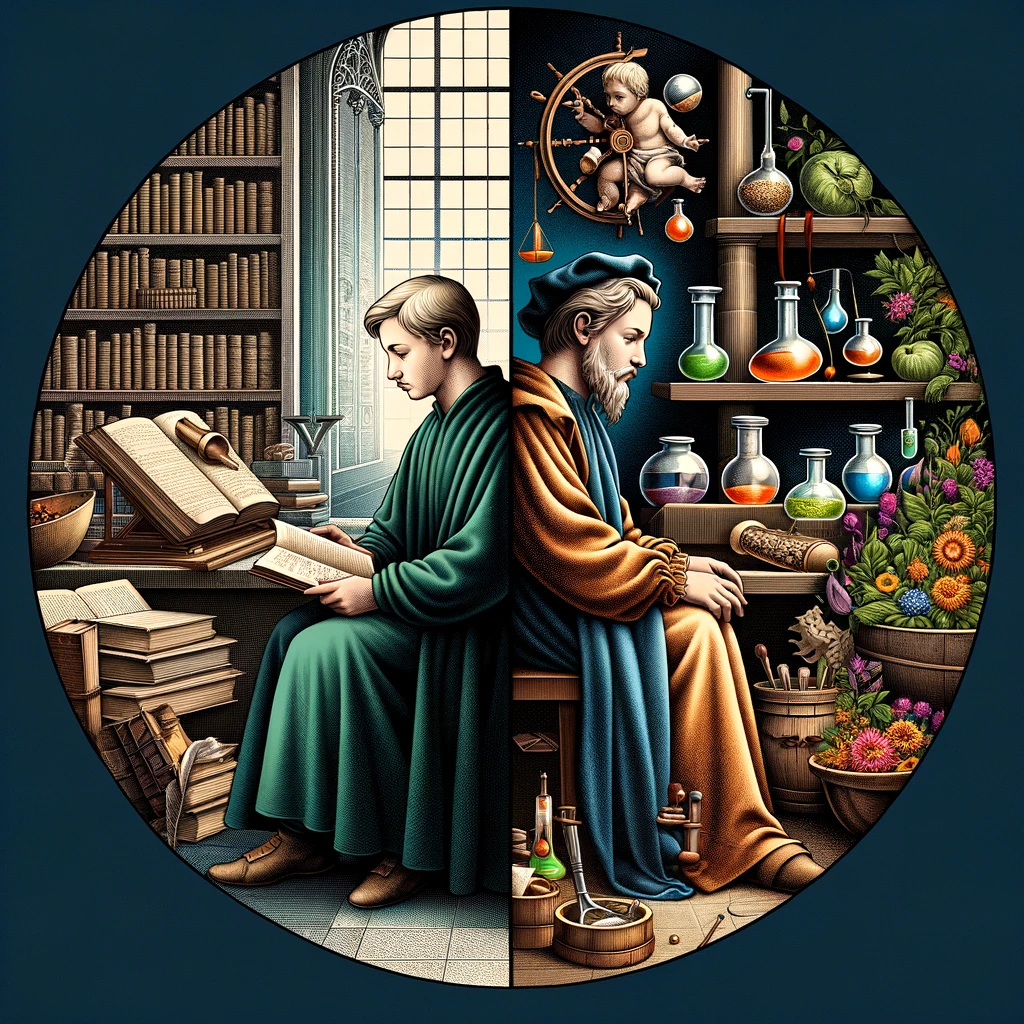
Figure 5 The illustration depicts two contrasting aspects of Nostradamus’s life. One side shows him engaged in traditional academic studies, while the other portrays him as an apothecary. This visual juxtaposition highlights the tension between established academic norms and his innovative approaches in medicine.
The Traveling Apothecary
In the 1530s, Nostradamus embarked on a journey unlike any other. As a traveling apothecary, he traversed the landscapes of Southern France and possibly Italy, driven by a mission to combat the deadly plague.
Journey Across Southern France
- The Mission: Each town and village presented a new challenge, with Nostradamus offering remedies and care to those suffering from the plague.
- Learning from Experience: This period was crucial in shaping his medical expertise. The direct exposure to the plague and its victims provided him with practical knowledge and insights that formal education could not offer.
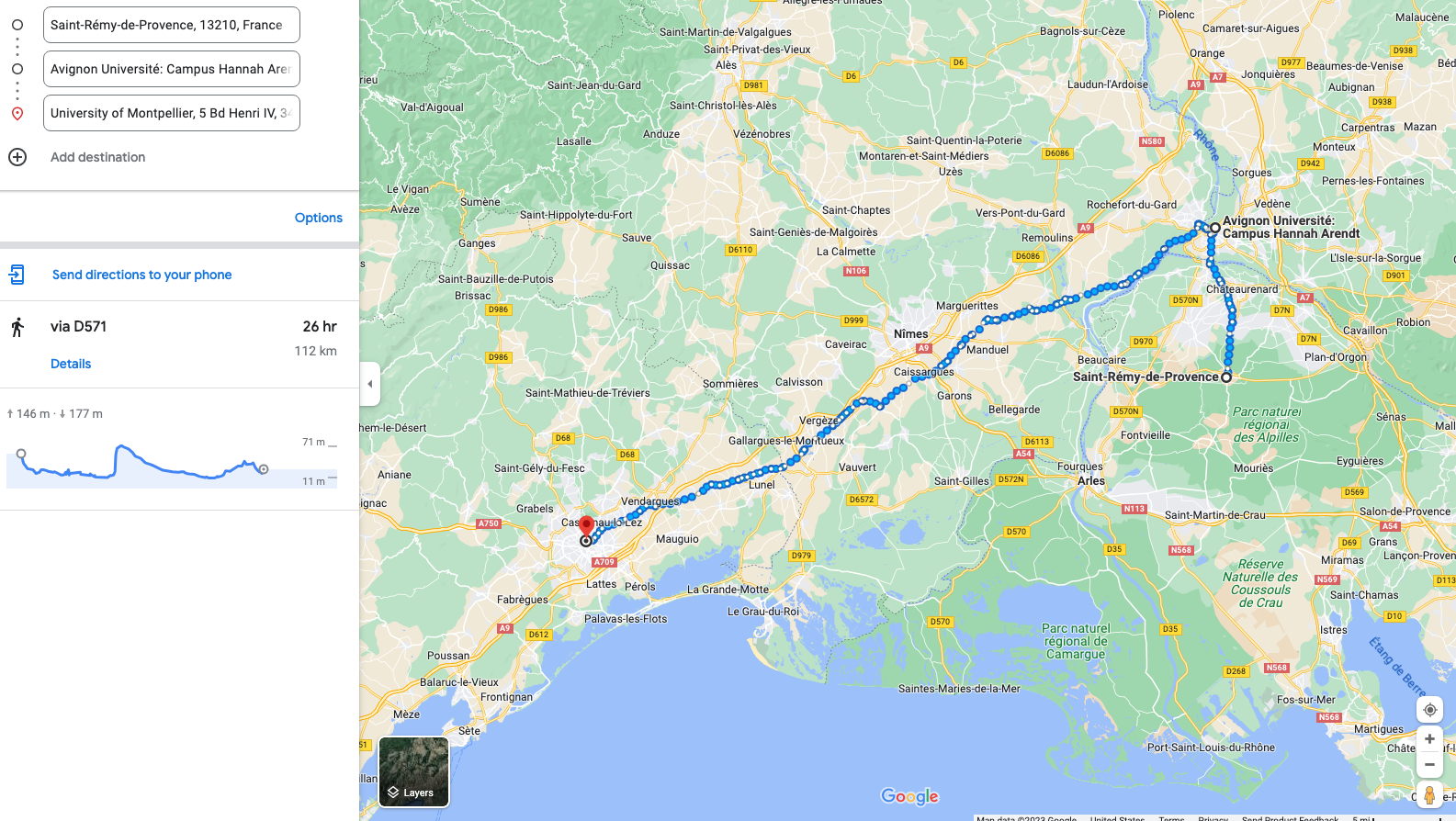
Google maps tracing Nostradamus’s journey across Southern France, with markers indicating key locations where he might have stopped.
The Italian Sojourn: A Possibility
- Speculative Travels: Some accounts suggest that Nostradamus’s travels took him to Italy, another center of Renaissance thought and another battleground against the plague.
- Expanding Horizons: If these travels occurred, they would have further broadened his perspectives, exposing him to different cultural and medical practices.
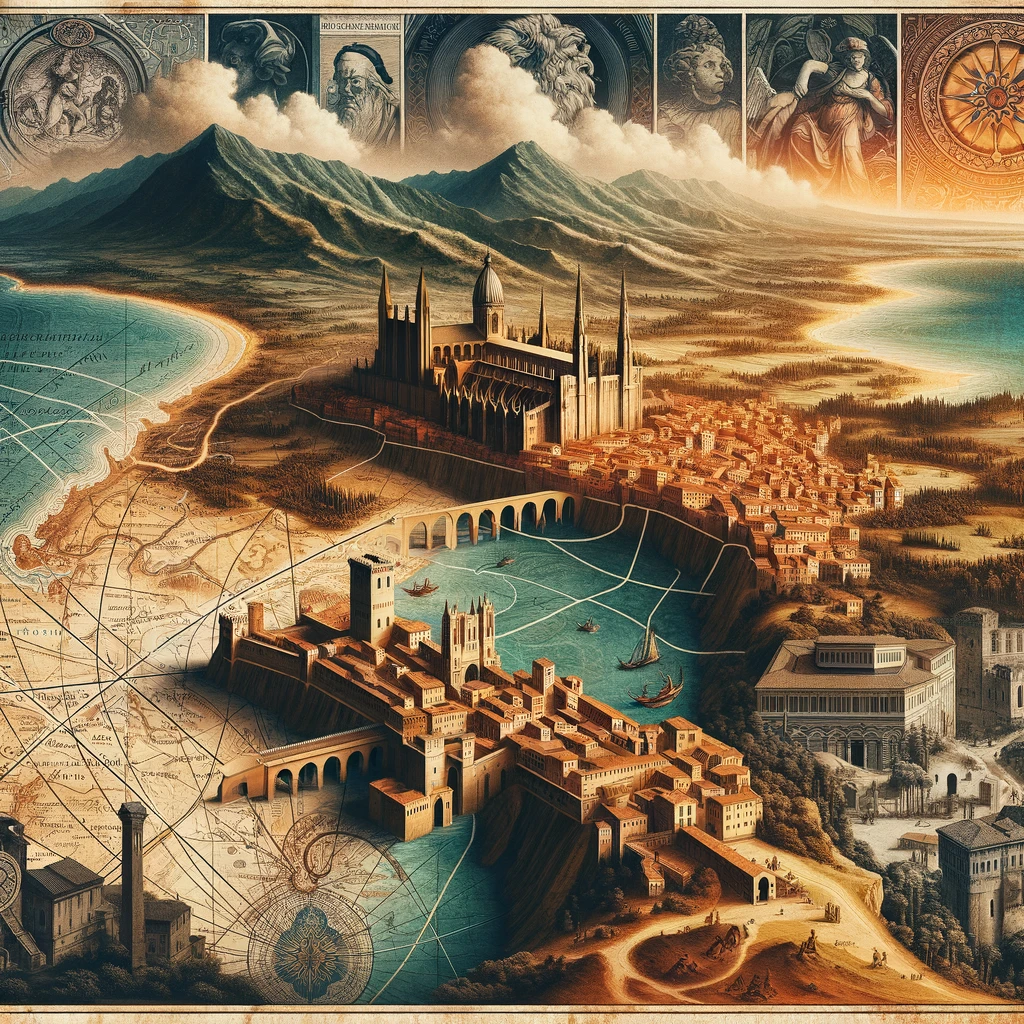
Settling Down and Building a Family
Introduction: In the midst of a life marked by travel and professional pursuits, Nostradamus sought stability in the town of Salon-de-Provence. Here, he would find not just a home but also a family, marking a new chapter in his personal life.
Salon-de-Provence: A New Home
- A Place to Settle: Salon-de-Provence, with its charming streets and vibrant community, offered Nostradamus a respite from his travels and a place to establish his roots.
- Marriage to Anne Ponsarde: In this picturesque town, Nostradamus married Anne Ponsarde. Their union brought stability and personal joy, and together they had six children.
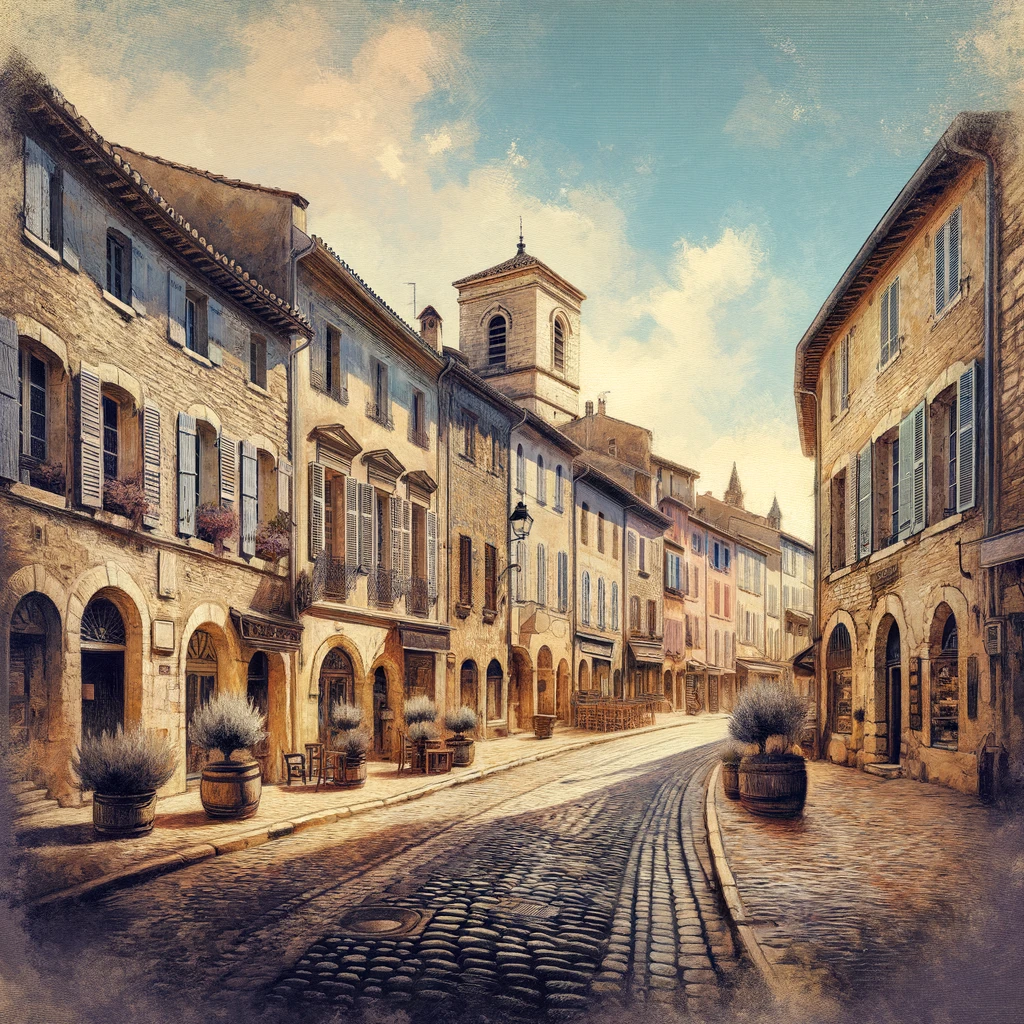
Salon-de-Provence, capturing its historic streets and buildings, providing a glimpse into the kind of environment Nostradamus chose for his family.
Tragedy and Resilience
- Loss of His First Family: Prior to his life in Salon-de-Provence, Nostradamus experienced profound personal loss. His first wife and two children died, likely victims of the plague. This tragedy would have deeply affected him, both personally and in his medical pursuits.
- Moving Forward: Despite these heartbreaks, Nostradamus’s decision to remarry and build a new family demonstrates his resilience in the face of personal tragedy.
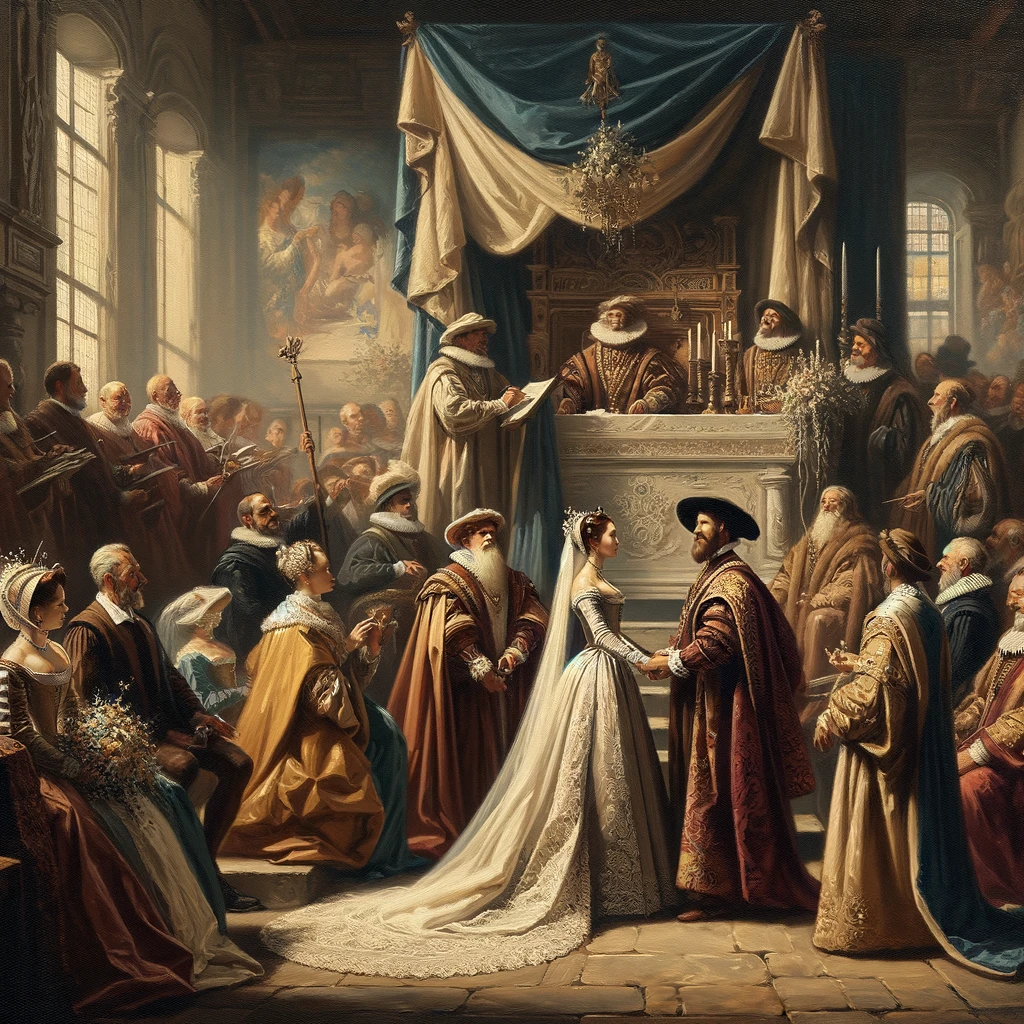
A depiction of Nostradamus’ Marriage to Anne Ponsarde
The Scholar and the Seer
The town of Salon-de-Provence was not just a home for Nostradamus; it became the cradle of his most enduring work. Here, he delved into the realms of astrology and prophecy, crafting what would become his magnum opus, “Les Prophéties.”
The Turbulent Times
- Political and Religious Upheaval: The 16th century was a period rife with conflict and change. Religious reformation, political power struggles, and social upheaval provided a complex backdrop for Nostradamus’s work.
- Influence on His Writings: These turbulent times undoubtedly influenced the themes and tones of his prophecies. His writings reflect the uncertainties and anxieties of an era in flux.
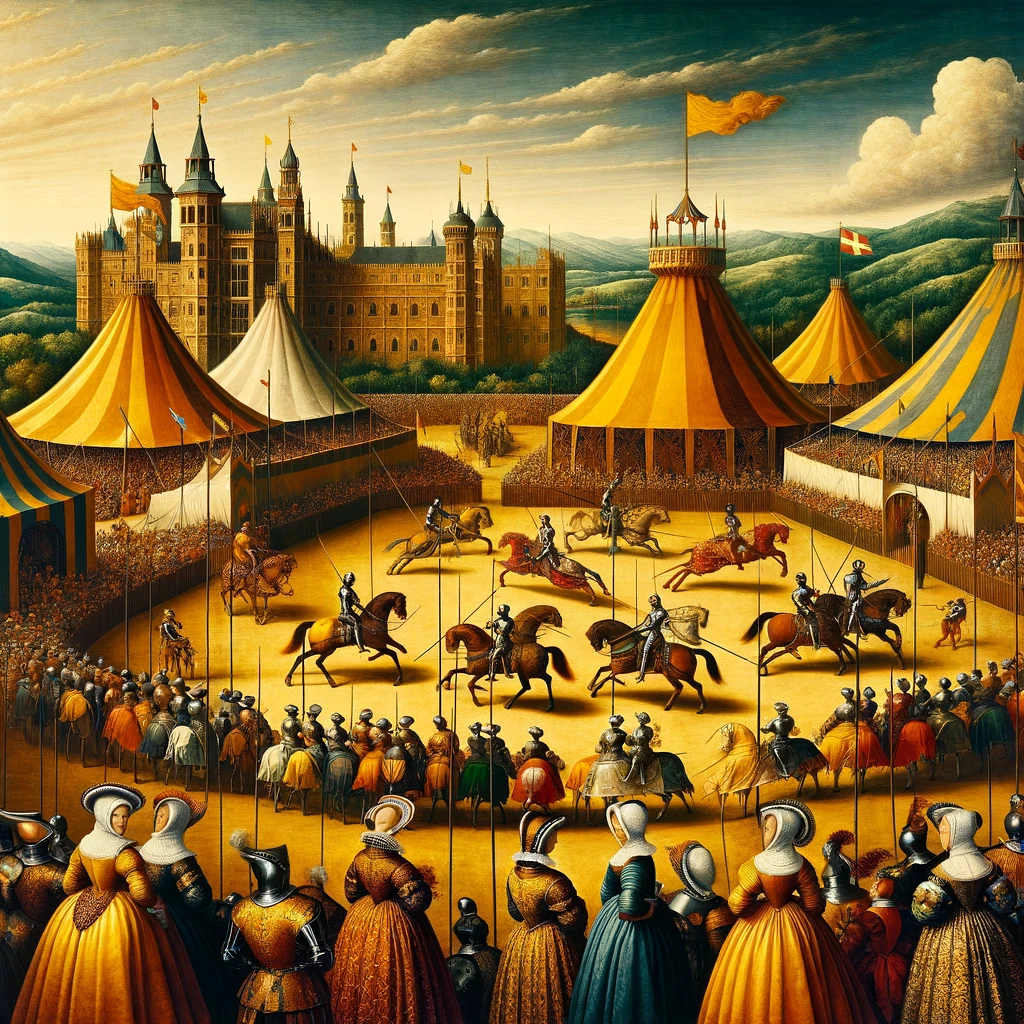
Field of the Cloth of Gold, a notable event from the 16th century. This historic meeting in 1520 between King Henry VIII of England and King Francis I of France
Astrology and Prophecy
- A New Venture: In Salon-de-Provence, Nostradamus began to focus more on astrology, aligning it with his medical knowledge and interests in mysticism and prophecy.
- Crafting ‘Les Prophéties’: This period saw the creation of “Les Prophéties,” a collection of quatrains that would become synonymous with his legacy. This work was a reflection not just of his personal beliefs and insights but also of the era’s collective consciousness.
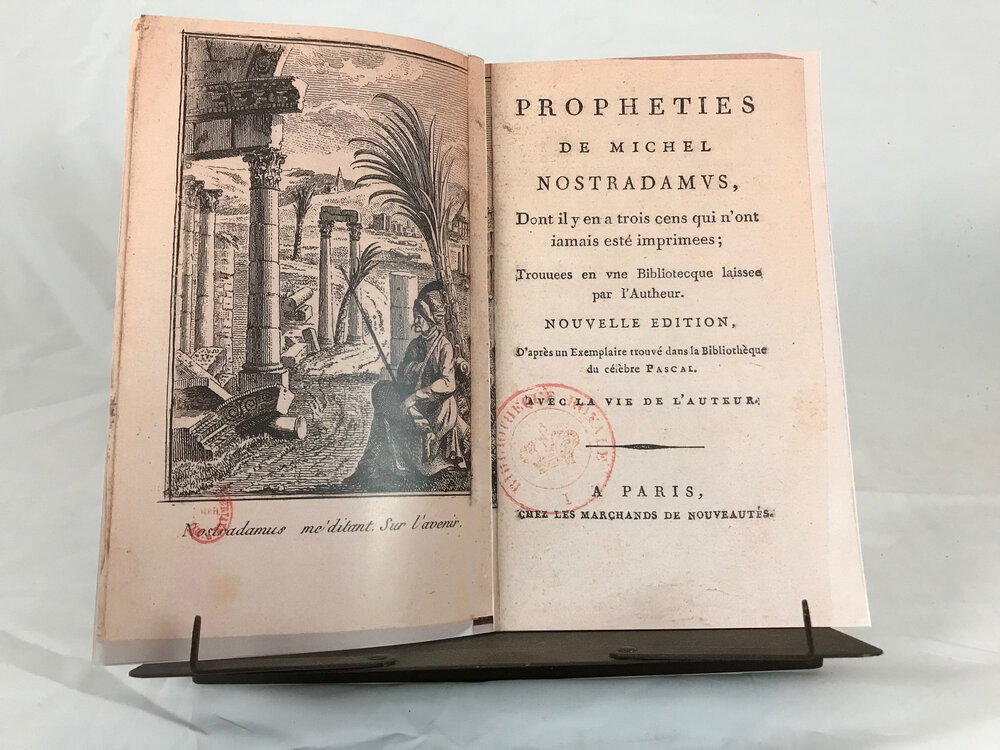
Pages from “Les Prophéties”
The Climate and Landscape
The physical environment in which we live profoundly shapes our experiences and perspectives. For Nostradamus, the Mediterranean climate of Southern France was not just a backdrop but an active influence in his life and work.
The Mediterranean Climate
- Characteristics: Southern France is characterized by its Mediterranean climate, featuring mild, wet winters and hot, dry summers.
- Impact on Agriculture: This climate facilitated a certain type of agriculture, dominated by vineyards, olive groves, and other crops suited to the warm, dry conditions.
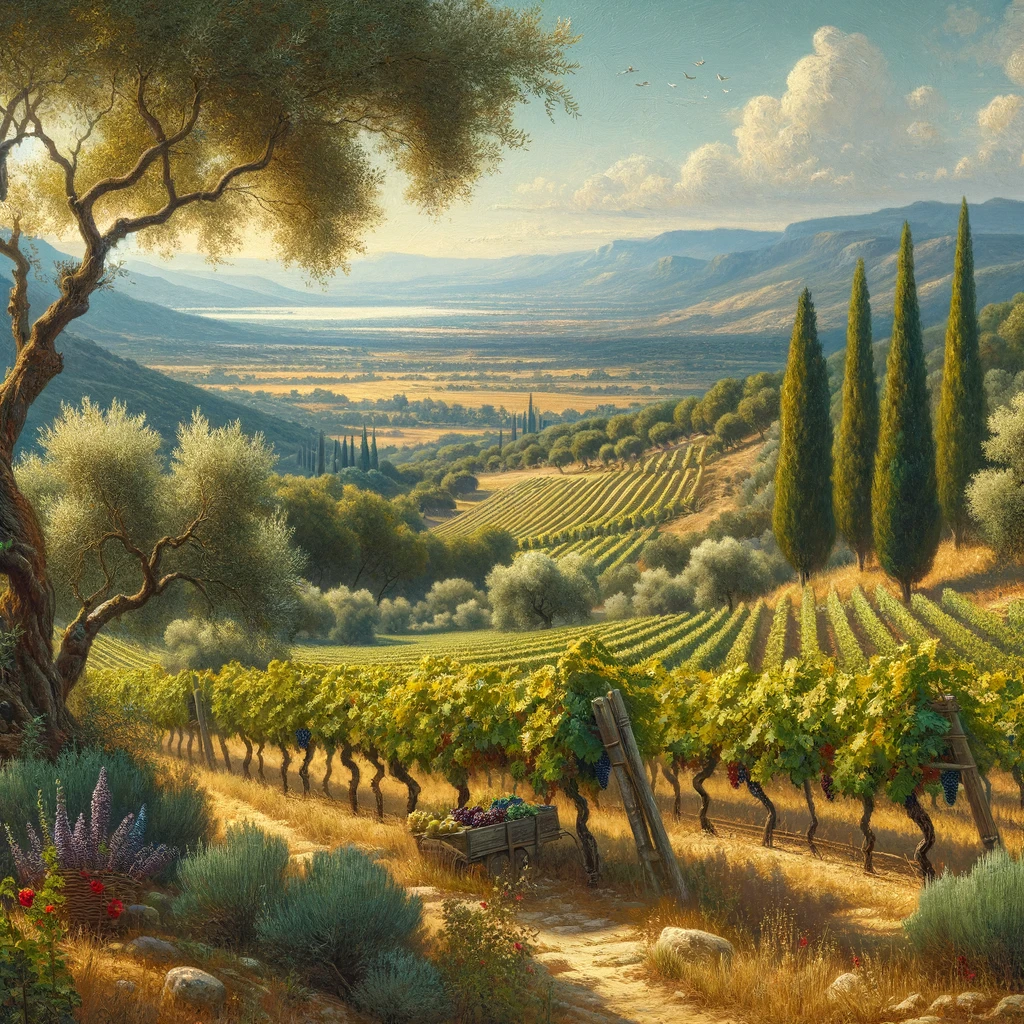
The landscapes of Southern France, emphasizing the vineyards, olive groves, and the general lushness of the region.
Influence on Health and Disease
- The Spread of Diseases: The climate of this region had implications for the spread and management of diseases, particularly relevant to Nostradamus as a physician. Warm temperatures and varying seasonal conditions could affect the prevalence and transmission of illnesses, including the plague.
- A Physician’s Challenge: Understanding the relationship between climate and health would have been crucial for a medical practitioner like Nostradamus. His treatments and remedies would have been influenced by this understanding.
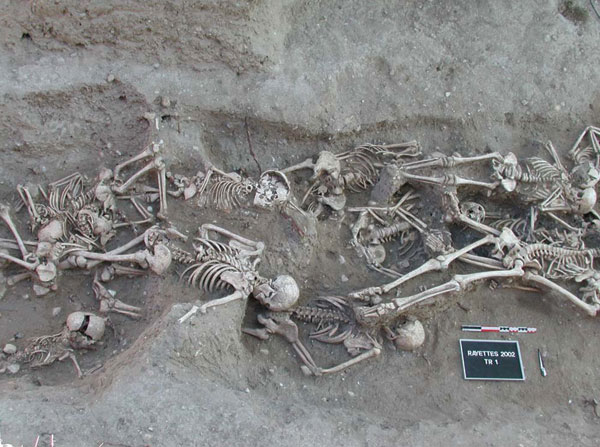
The remains of Bubonic plague victims in Martigues, France.
A Time of Upheaval
Nostradamus lived in an era of profound transformation and turmoil. The 16th century was a time marked by groundbreaking discoveries and relentless conflicts, a period that undoubtedly shaped his perspectives and writings.
Key Historical Events
- The Discovery of the Americas: The New World was discovered by Christopher Columbus in 1492, just a decade before Nostradamus’s birth. This monumental event reshaped global geopolitics and trade.
- The Protestant Reformation: Initiated by Martin Luther in 1517, the Reformation brought about significant religious upheaval, altering the religious and political landscape of Europe.
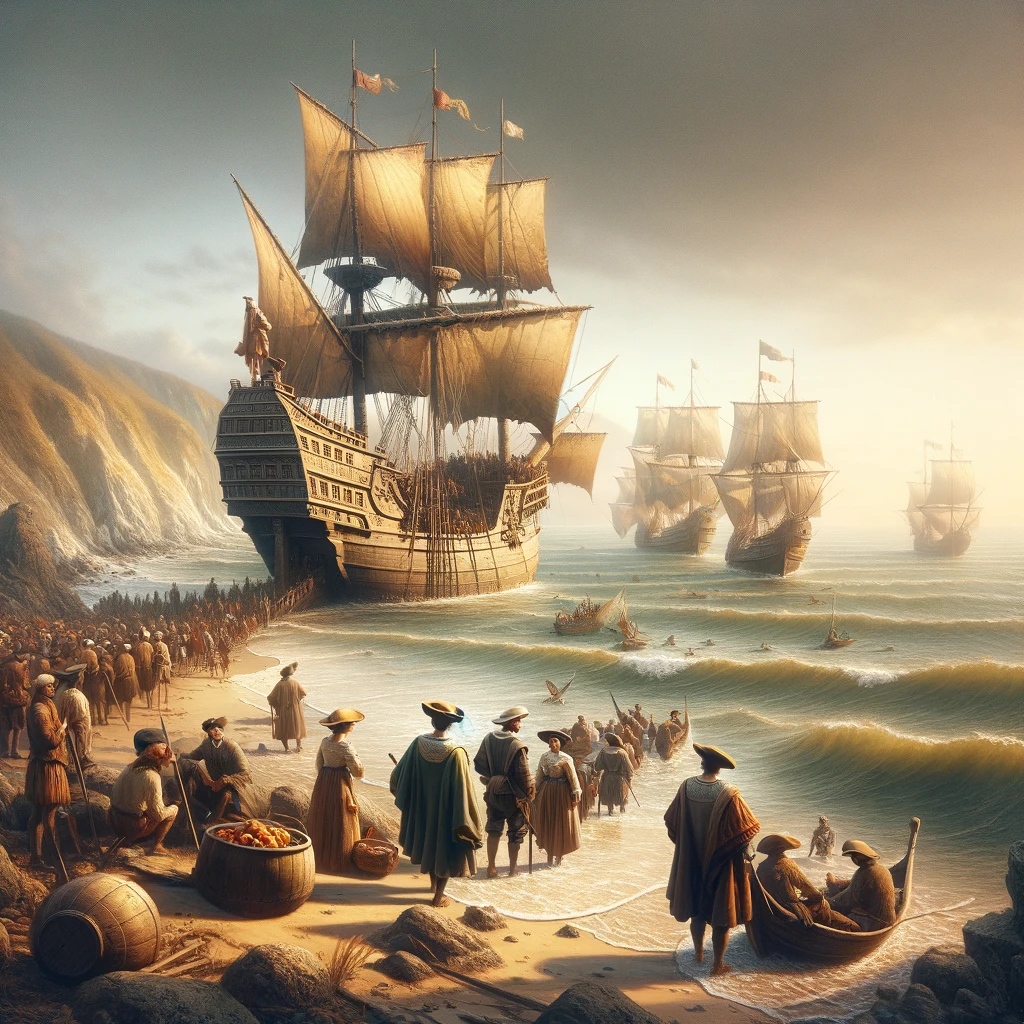
Discovery of the Americas, an event that occurred not much before Nostradamus’s birth.
Influence on Nostradamus’s Worldview
- A World in Flux: Living through these groundbreaking events would have given Nostradamus a unique perspective on the world. His prophecies, though not directly mentioning these events, reflect the uncertainties and anxieties of a world undergoing rapid change.
- Reflections in His Work: The tumultuous nature of his times can be seen as an undercurrent in his writings, where he alludes to upheavals, conflicts, and transformations.
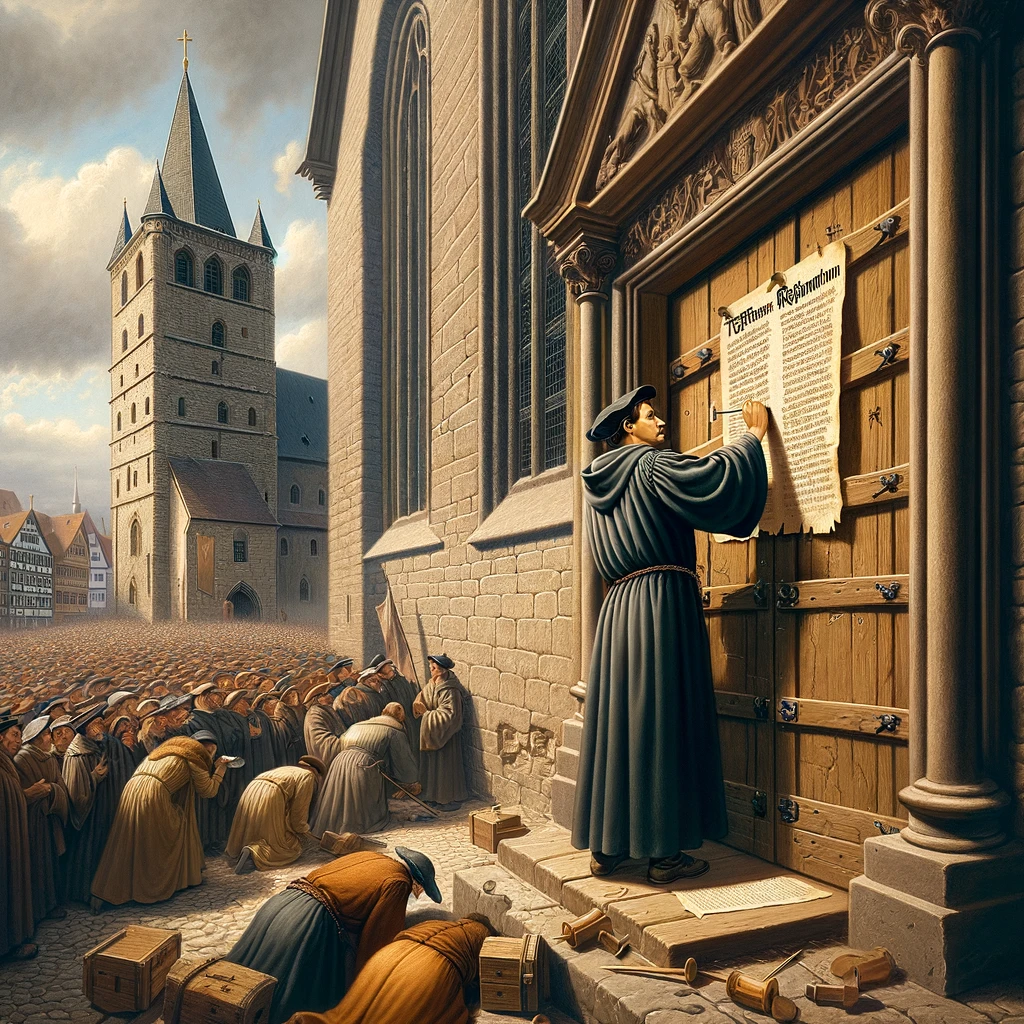
The painting depicts the key moment of the Protestant Reformation in the 16th century, a significant event that would have influenced Nostradamus’s work. It captures Martin Luther nailing his 95 Theses to the door of the Castle Church in Wittenberg in 1517, marking the beginning of the Reformation and a major shift in the religious and cultural landscape of Europe. The artwork shows Luther in the act of posting his theses, set against the backdrop of the church’s door and the surrounding environment of the time.
The Final Chapter
Every life has its closing pages, and for Nostradamus, this final chapter was written in 1566 in the town he had come to call home, Salon-de-Provence.
The End of an Era
- Final Days: The exact circumstances of Nostradamus’s death remain somewhat enigmatic, mirroring the mystique that surrounded much of his life. It is widely believed that he died of natural causes, possibly related to the arduous life he led and the diseases he combated.
- Legacy: His passing marked the end of a significant chapter in the history of Renaissance thought and the world of prophecy and astrology.
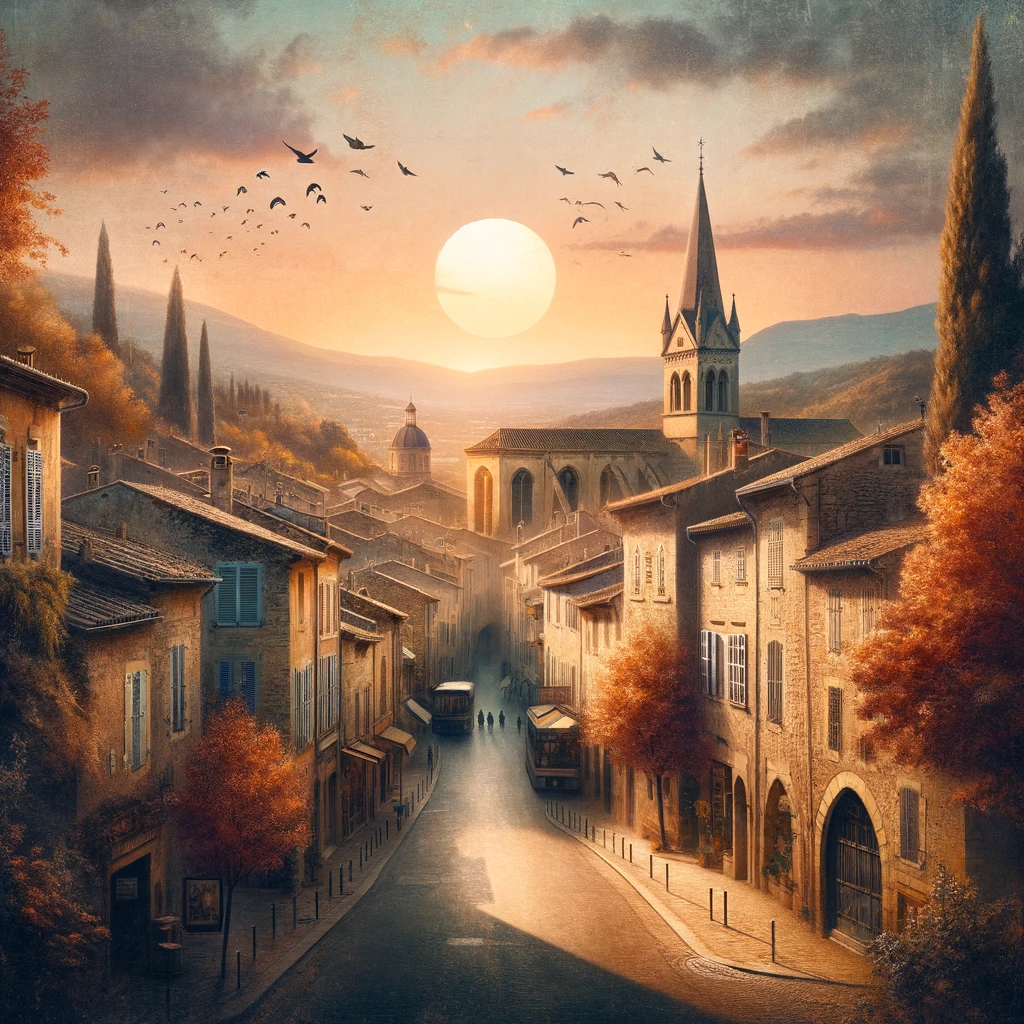
Salon-de-Provence
The Burden of Time and Health
- Health Struggles: Nostradamus’s health in his later years was likely compromised by the very diseases he spent his life fighting against, as well as the general hardships of life in the 16th century.
- A Physician’s Fate: His death, potentially hastened by these factors, highlights the irony of a physician falling victim to the prevailing health challenges of his time.
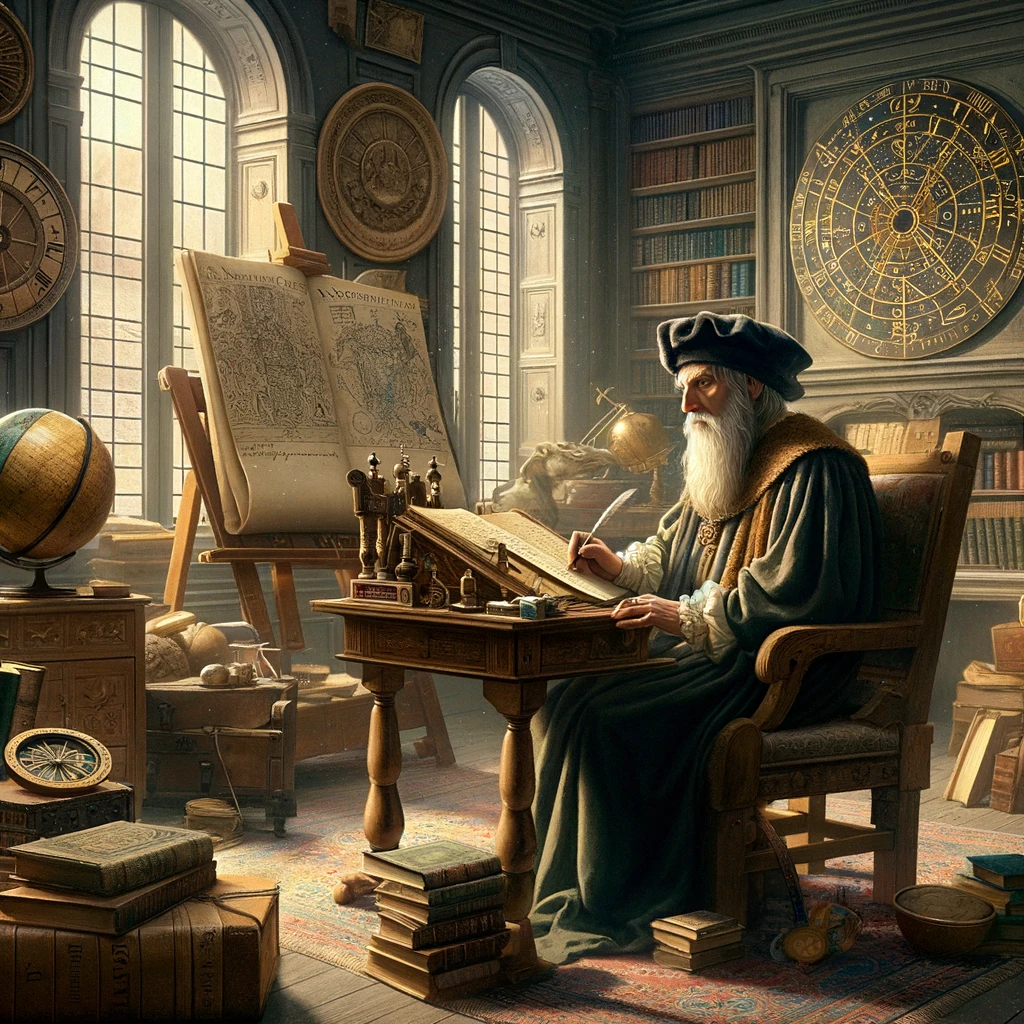
Nostradamus in his later years, showcasing both his wisdom and the toll taken by his lifelong battles against disease.
Reflecting on the Man
As we close the book on Nostradamus’s life, it’s important to reflect on the man behind the myth – a complex figure who was a product of his time as much as he was a shaper of future narratives.
Early Life and Education
- Saint-Rémy-de-Provence, France (1503): Born here.
- Avignon, France (c. 1519): Attended the University of Avignon, but his studies were cut short due to the outbreak of the plague.
Medical Training and Early Career
- Montpellier, France (1529): Entered the University of Montpellier to study medicine, but was expelled for being an apothecary, which was considered a manual trade and incompatible with university status at the time.
Travels as an Apothecary and Plague Doctor
- Traveling Through Southern France (Early 1530s): Worked as a traveling apothecary. Specific locations are speculative, but he likely visited various towns and villages affected by the plague.
- Possibly Italy (1530s): Some accounts suggest he may have traveled to Italy during his time as an apothecary, but this is not definitively documented.
Settling Down and Writing
- Salon-de-Provence, France (Mid-1530s – 1566): After remarrying in 1547, he settled in Salon-de-Provence, where he wrote his prophecies and almanacs.
- Agen, France (1530s): Briefly lived in Agen, where he befriended Jules-César Scaliger, a prominent scholar. However, their friendship ended badly.
Later Life
- Return to Salon-de-Provence, France (1540s – 1566): He returned to Salon-de-Provence and remained there for the rest of his life, focusing on his writing and astrological work.
Death
- Salon-de-Provence, France (1566): Nostradamus died here on July 2, 1566.
A Man of Many Facets
- Beyond the Mystic: Nostradamus was more than a seer of future events; he was a dedicated physician, a curious scholar, an intrepid traveler, and a resilient survivor of one of Europe’s most tumultuous periods.
- Entwined with History: His life and work were deeply interwoven with the social, political, and religious fabric of 16th-century Europe, reflecting the broader human experience in an era of profound change.
Closing Thoughts
- Enduring Spirit: The story of Nostradamus reminds us of the enduring spirit of humanity in the face of relentless change and challenges.
- A Testament to Complexity: His life is a testament to the complexities of history and the layered nature of those who navigate its currents.
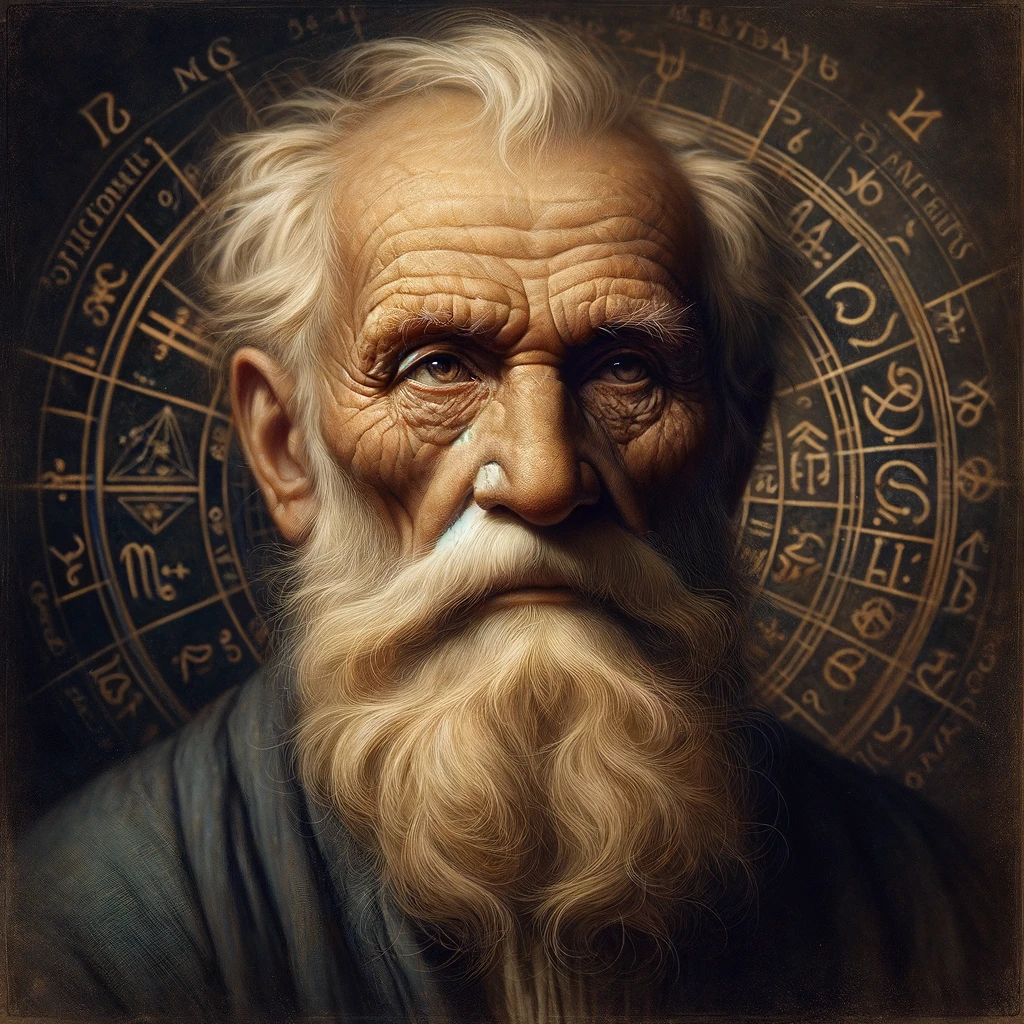
Bonus Section: Exploring “Les Prophéties”
While our journey through the life of Nostradamus has concluded, there remains an intriguing aspect of his legacy that continues to captivate the world: “Les Prophéties.” This collection of quatrains, cryptic and shrouded in mystery, has been the subject of countless interpretations. Let’s delve into a few of these famous quatrains, exploring their original language, English translations, and the significant events they have been linked to.
Quatrain 1
Original:
Le lion jeune le vieux surmontera, En champ bellique par singuliere duelle, Dans cage d’or les yeux lui crevera, Deux classes une, puis mourir, mort cruelle.
Translation:
The young lion will overcome the older one, In a field of combat in single battle, He will pierce his eyes in a cage of gold, Two wounds in one, then he dies a cruel death.
Significance: This quatrain is often linked to the death of King Henry II of France. In a jousting match, the young Count of Montgomery, referred to as the “young lion,” fatally wounded Henry, the “older lion.” The “cage of gold” is thought to symbolize the king’s helmet.
Quatrain 2
Original:
De sang Troyen naistra coeur si hardy, Qui deffendra l’Espagne & Gaulois, Par mer & terre aux Anglois fera guerre, Et sera d’eux si grandement craint.
Translation:
From the Trojan blood will be born a heart so brave, Who will defend Spain and the Gauls, He will wage war against the English by sea and land, And he will be greatly feared by them.
Significance: This quatrain has been associated with Napoleon Bonaparte. “Trojan blood” could hint at Napoleon’s Italian ancestry. He waged wars across Europe, including against the English, and greatly impacted both Spain and France (the Gauls).
Quatrain 3
Original:
Hister sera demeuré bien loing, De la Gaule ne s’approchera guere: Par Bastarnas, Pannonie, & les troupes Hongres, La Gaule prendra à l’enseigne Aquilique.
Translation:
Hister will remain far away, From Gaul, he will not come close: By way of the Bastarnas, Pannonia, and the Hungarians, Gaul will be overtaken under the Aquiline standard.
Significance: Often misinterpreted to refer to Adolf Hitler (due to the similarity in name), “Hister” actually refers to the lower Danube River. The quatrain has been retrospectively applied to World War II and the Nazi expansion into France.
Quatrain 4
Original:
Lorsque serpents viendront envelopper, Les troupes navales à la mer seront prêtes, Leur plus grand navire plein de malfaisance, Par boc inconnu, viendra tyranniser.
Translation:
When serpents come to envelop, The naval troops at sea will be ready, Their greatest ship full of malevolence, By unknown wood, will come to tyrannize.
Significance: This quatrain has been linked to the rise of naval powers and conflicts at sea. Some interpret the “greatest ship” as a metaphor for powerful naval states or significant battleships in history.
Quatrain 5
Original:
La grande peste de la cité maritime, Ne cessera que mort ne soit vengée, Du juste sang par pris damne sans crime, De la grande dame par feincte n’outragée.
Translation:
The great plague of the maritime city, Will not cease until death is avenged, Of the just blood taken damned without crime, Of the great lady unoutraged by pretense.
Significance: This quatrain is often associated with epidemics and calamities affecting coastal cities. The references to “just blood” and a “great lady” have led to various interpretations, often linked to specific historical events or figures.
These quatrains, a mere glimpse into the vast and complex world of “Les Prophéties,” illustrate the enduring allure of Nostradamus’s work. They serve as a testament to the intricate tapestry of history, where interpretations and meanings intertwine with the events and characters of our past.
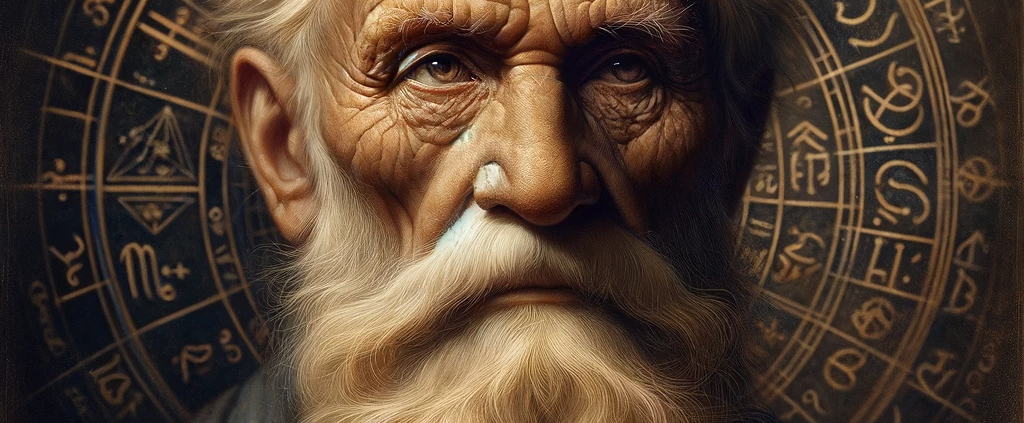


Leave a Reply
Want to join the discussion?Feel free to contribute!